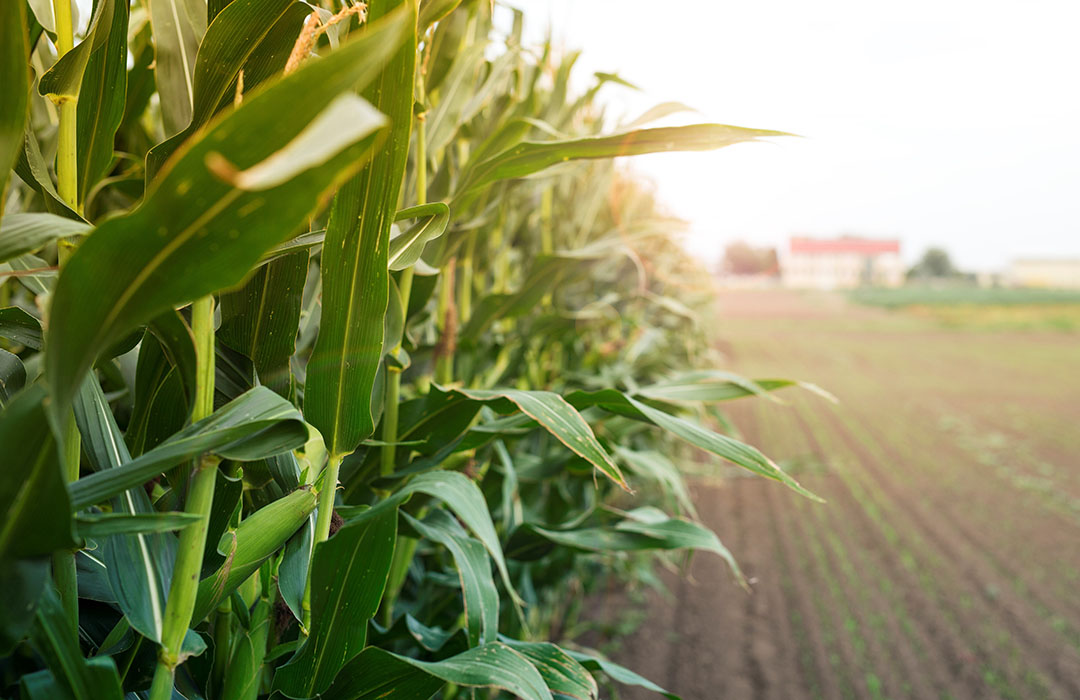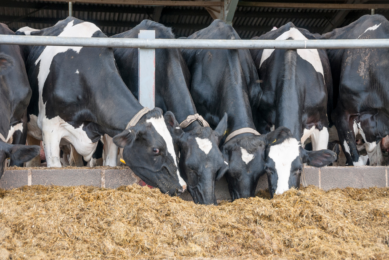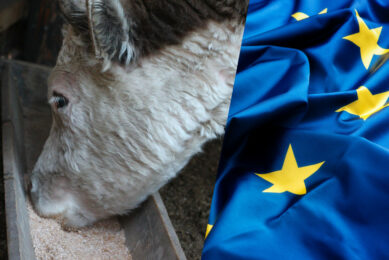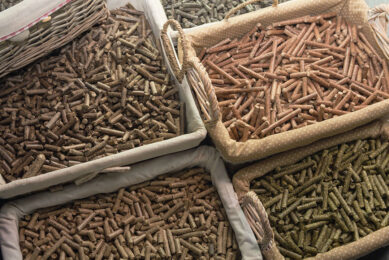Korea: Compound feed production reaches record

Korea’s 2020/21 compound feed production forecast reaches a record volume of 21.2 million mt driven by strong growth in all animal inventories
Government support programmes for wheat
Wheat production in MY 2019 totalled 15,024 mt. For MY 2020, farmers increased planting area to benefit from government support programmes resulting in a 40% increase in wheat area planted, with total production estimated at 16,800 mt.
MY 2020/21 wheat consumption is 3.6 million mt with feed-grade wheat consumption expected to remain close to 1.3 million mt due to relatively lower corn prices. Meanwhile, wheat imports are forecast at 4 million mt of which 1.3 million mt will be for animal feed. This import estimate hinges, to a large extent, on the continued availability of competitively priced feed wheat.
In MY 2019/20, Korea imported 1.2 million mt of feed-grade wheat. Ukraine was the largest supplier (414,627 mt), followed by Romania (321,169 mt), Bulgaria (288,958 mt), Canada (115,976 mt) and the US (63,696 mt).
Nearly 10 million mt corn for feed
Corn production in MY 2019 is anticipated at 76,336 mt, which is 2.1% lower than a year earlier, reflecting reduced acreage. MY 2020/21 corn consumption forecast is 12 million mt, 9.7 million mt of which is for feed purposes and 2.3 million mt for food, seed, and industrial (FSI) purposes.
Corn consumption for 2019/20 is estimated at 11.8 million mt – 9.5 million mt for feed and 2.3 million mt for food, seed, and industrial (FSI) purposes. Feed corn consumption has been increasing to replace the lack of supply of feed-grade wheat and domestic rice for feed.

Click here to enlarge this figure
Compound feed exceeds 20 million
The 2020/21 compound feed production forecast is 21.2 million mt. This record volume is driven by solid growth in all animal inventories. High animal inventory levels depend on the absence of any major pandemic diseases such as Avian Influenza and African Swine Fever (ASF) this year.
Feed corn is expected to be the major ingredient used in compound feed, accounting for more than 46% of total ingredients this year, or 9.7 million mt, with feed wheat remaining at 1.3 million mt, or 6%.
MY 2019/20 compound feed production is estimated to have expanded 2.6% over the previous year to reach a record of about 21 million mt based on actual compound feed production for the first 11 months last year. This increase reflects a constant growth of inventories across all animal sectors from the previous year, as poultry numbers grew 1.5%, cattle numbers 2.8%, and swine numbers 2.3%, despite an outbreak of ASF in October 2020 in domestic swine.
Increasing number of livestock
The 2020/21 corn import forecast is 12 million mt, consisting of 9.7 million mt of feed corn for compound feed, and 2.3 million mt of processing corn for food processing, due to rising animal inventories and limited availability of competing feed grade wheat and domestic rice for feed.
Total corn imports in 2019/20 are revised to 11.9 million mt, up 10% from the previous year, to meet greater demand for feed corn to offset a limited supply of competitively priced feed wheat and a dwindling rice supply.
US market share is estimated to decrease to 22% of total corn imports from 41% in the previous year. US feed corn exports to Korea were 2.2 million mt, accounting for 24% of total imports of feed-grade corn, followed by Argentina, Brazil, and Ukraine.

Click here to enlarge this figure
Sharp decrease in rice for feed
Statistics Korea released the 2020 rice production estimate at 3.63 million mt, down 3% from the previous year due to lower production area and reduced yields due to unfavourable weather. Effective from January 2020, the Korean government stopped distributing old rice for animal feed and, as a result, for the first 10 months in MY 2019/20, Korean feed millers consumed only 76,776 mt of brown rice for animal feed (69,098 mt, milled), down 83% from the same period of the previous marketing year. Total feed consumption is expected to reach about 70,000 mt (milled).
To reduce high ending stocks, the Korean Ministry of Agriculture, Food and Rural Affairs had released rice to be used as feed since MY 2015/16. The released price was a tenth of the purchasing price in the harvest season under the government purchasing programme, which was annually set at 92-93% of the value of feed corn imported in the previous marketing year. For the past 5 years (MY2015-MY2019), cumulative brown rice consumption for animal feed reached 1.82 million mt, consisting of 1.79 million mt of domestic rice and 30,662 mt of imported rice.
The information in this article has been extracted from a USDA report prepared by Sun-chul Choi.











